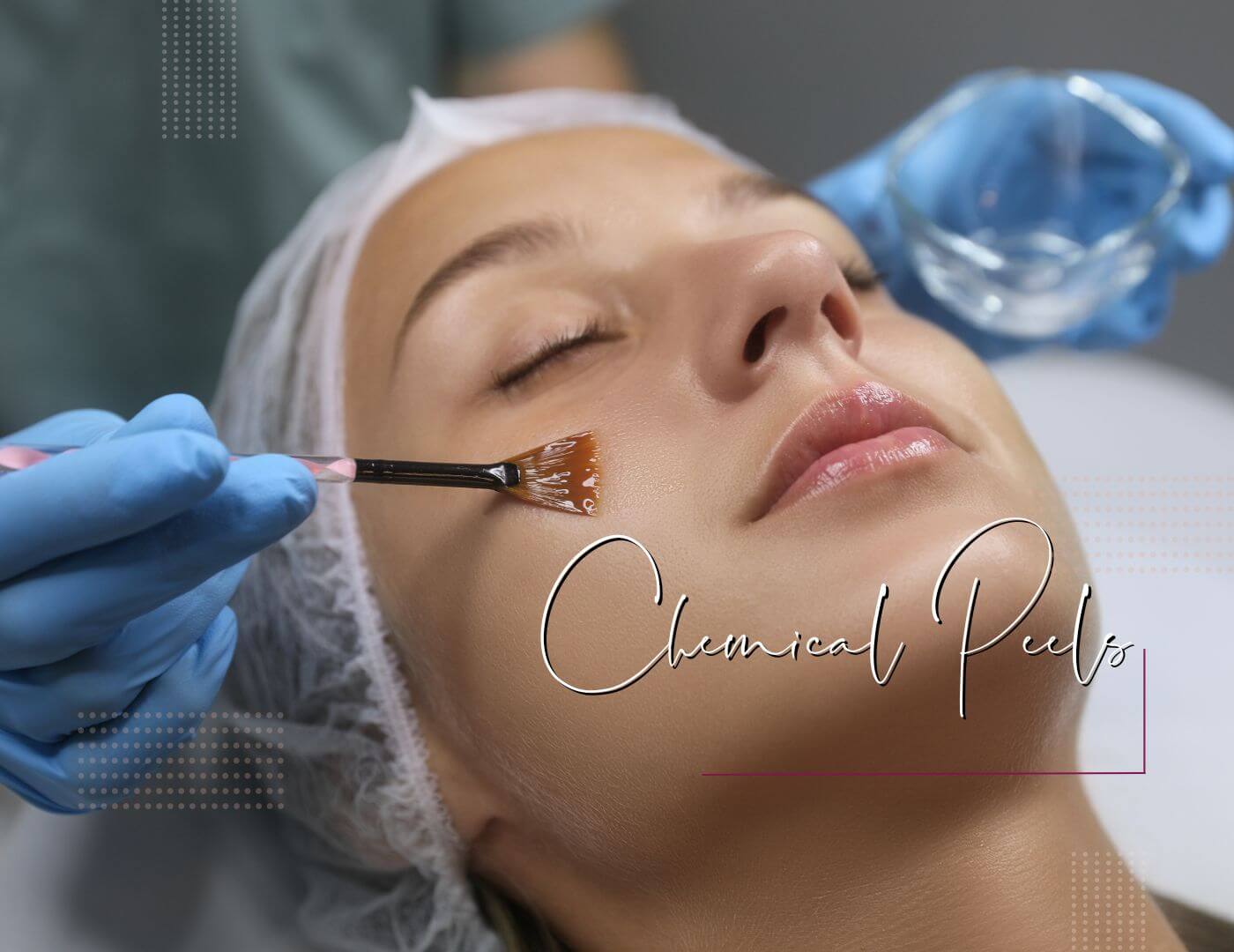As summer comes to an end, you might notice some unwelcome changes in your skin from months of sun exposure. Signs like hyperpigmentation, fine lines, and a dull complexion can linger even with diligent use of sunscreen and protective hats. That’s why fall and winter are considered the best seasons for professional treatments like chemical peels and laser therapy. These treatments are specifically designed to address and reverse sun damage, helping you maintain youthful, radiant skin when the sun’s rays are less intense and recovery is optimal.
Understanding Skin Damage Post-Summer
Sun exposure is one of the primary culprits for skin aging and damage. UV rays penetrate the skin, leading to the production of free radicals that break down collagen and elastin fibers, which are crucial for maintaining skin elasticity and firmness. Common issues post-summer include sun spots, exacerbated fine lines, and a rougher skin texture. Addressing these problems promptly not only helps in restoring skin health but also prevents the accumulation of long-term damage.
Chemical Peels
Chemical peels are a form of exfoliation that uses a chemical solution to remove dead cells from the upper layer of your skin, revealing fresher, more vibrant skin underneath. These peels come in various strengths:
- Light peels: like glycolic acid, are gentle and focus on brightening the skin tone.
- Medium peels: such as trichloroacetic acid, target deeper wrinkles and sunspots.
- Deep peels: involving phenol, address more significant damage and can produce dramatic improvements.
The benefits of undergoing a chemical peel include speeding up cell turnover, reducing pigmentation, and making the skin look more uniform. Although there might be some initial redness and peeling, the process usually results in brighter and healthier-looking skin.
Laser Treatments
Laser treatments work by sending concentrated light beams at irregular skin, precisely removing damaged skin layer by layer. Here’s how different lasers come into play:
- Ablative lasers: are more intensive, removing layers of skin to help reduce deep wrinkles and significant sun damage.
- Non-ablative lasers: focus on stimulating collagen production beneath the skin without damaging the surface.
These treatments are excellent for reducing the appearance of sun spots and fine lines and for encouraging the skin to heal itself, resulting in a firmer and more youthful appearance.
Post-Treatment Care
Post-treatment care is essential for healing and achieving the best results. Depending on the treatment:
- Keep your skin hydrated and use gentle, non-irritating products.
- Avoid direct sunlight and always apply a broad-spectrum sunscreen.
- Follow specific aftercare instructions provided by your skincare specialist to avoid complications and ensure a smooth recovery.
Choosing the Right Treatment for You
Finding the most effective post-summer treatment for your skin can feel overwhelming, given the variety of options available. Consulting with a qualified skincare professional is essential to understand your skin’s unique needs and the extent of any sun damage. A professional assessment can help determine the best course of action—whether that means starting with a gentle chemical peel to brighten and even out your skin tone or opting for a series of laser treatments to address deeper wrinkles, sun spots, or texture issues.
Key Takeaways
Now is the perfect time to invest in professional skin treatments that can help repair sun damage and rejuvenate your skin. Addressing issues like sun spots, fine lines, and uneven texture early on can keep your skin looking youthful and healthy for longer. Don’t let the effects of summer linger—book a consultation at our medical spa to create a customized plan for your skin’s recovery.
FAQs
1. What are the signs that I need a chemical peel or laser treatment?
Signs that you might benefit from a post-summer treatment include noticeable sun spots, an increase in fine lines, especially around areas exposed to the sun, rough or uneven skin texture, or an overall dull and tired complexion. These symptoms suggest that your skin has sustained sun damage, which can be effectively treated with professional skin treatments like chemical peels or laser therapy.
2. How long does it take to see results from chemical peels and laser treatments?
The time it takes to see results from chemical peels or laser treatments can vary based on the type of treatment and the individual’s skin condition. Generally, some improvement can be visible immediately after the initial redness and peeling subside, which might take a few days to a week. For chemical peels, results can continue to improve over the next one to two months as the skin heals and regenerates. Laser treatments may show results after the first session, but typically, several sessions spaced a few weeks apart are needed for optimal outcomes. Your skincare specialist will provide a more personalized timeline based on your specific treatment plan.
3. Are there any risks associated with chemical peels and laser treatments for post-summer skincare?
Like all cosmetic procedures, chemical peels and laser treatments do carry some risks. Common side effects include redness, peeling, sensitivity to sunlight, and mild swelling. More serious, though rare, risks can include scarring, infection, or changes in skin coloration. These risks can be minimized by following all pre- and post-treatment instructions given by your skincare professional, using a qualified practitioner, and ensuring that any concerns or pre-existing skin conditions are discussed during your consultation. It is also crucial to protect your skin from the sun after treatment to ensure the best healing and aesthetic outcome.
